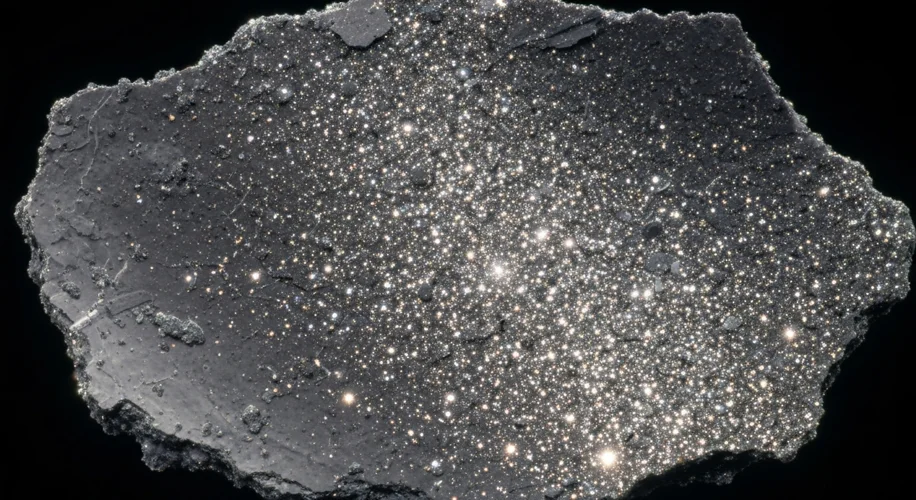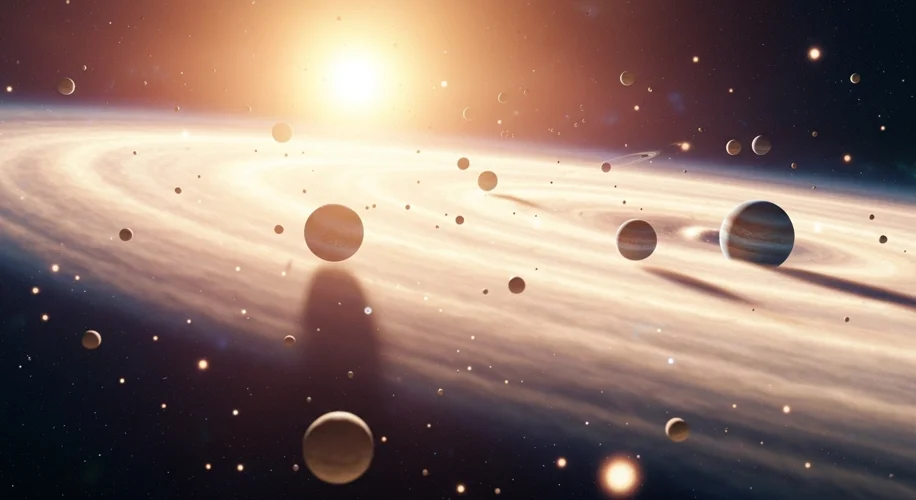Imagine holding a piece of time, not just from Earth’s distant past, but from before the Sun even ignited its fiery heart. This isn’t science fiction; it’s the reality unlocked by the OSIRIS-REx mission and the asteroid it sampled: Bennu.
Bennu, a near-Earth asteroid roughly the size of the Great Pyramid of Giza, orbits the sun between Earth and Mars. But its true significance lies not in its proximity, but in its ancient origins and the secrets it harbors. Discovered in 1999, Bennu was identified as a potential hazard to Earth due to its orbit, but it also presented an unparalleled opportunity for scientific discovery. The OSIRIS-REx (Origins, Spectral Interpretation, Resource Identification, and Security-Regolith Explorer) mission, launched by NASA in 2016, embarked on a daring journey to rendezvous with Bennu, collect a sample of its surface material, and return it to Earth for study. This monumental undertaking, which culminated in the sample’s return on September 24, 2023, has already begun to rewrite our understanding of the early Solar System.

What makes Bennu so extraordinary are the pristine samples collected from its surface. These aren’t just any rocks; they are time capsules containing materials that predate our Solar System itself. Scientists have discovered evidence of dust grains within Bennu that formed around other stars, billions of years ago. These interstellar building blocks, some as old as 7 billion years, offer a direct glimpse into the cosmic nurseries where our Sun and planets were born. They are the raw ingredients, the ancient stardust, that coalesced to form everything we know, including ourselves.
For decades, scientists have theorized about the existence of such presolar grains, but obtaining them in a pristine, unadulterated form has been an immense challenge. Asteroids, particularly carbonaceous chondrite asteroids like Bennu, are considered ideal candidates for preserving these ancient materials. Unlike Earth rocks, which have been altered by geological processes like volcanism and plate tectonics, asteroids like Bennu have remained relatively unchanged since their formation. They are the pristine remnants of the protoplanetary disk that swirled around our young Sun.
The analysis of these ancient grains is a meticulous process, akin to piecing together a cosmic jigsaw puzzle. By using advanced techniques like mass spectrometry and electron microscopy, researchers can determine the isotopic composition and chemical makeup of these tiny particles. This data reveals their unique elemental signatures, allowing scientists to trace their origins back to specific types of stars and stellar events, such as supernovae. The sheer diversity of these presolar grains found in Bennu hints at a complex and dynamic stellar environment in our galactic neighborhood billions of years ago.

These findings have profound implications for our understanding of planetary formation. The presence of such a rich array of presolar materials suggests that the early Solar System was seeded with a wide variety of elements from multiple stellar sources. This cosmic inheritance likely played a crucial role in shaping the chemical composition of the planets, including Earth, and may have even influenced the emergence of life. For instance, certain isotopes found in these grains could provide clues about the volatile compounds that were delivered to early Earth, potentially contributing to the formation of oceans and the atmosphere.
The OSIRIS-REx mission has not only provided direct physical evidence of these ancient interstellar materials but has also validated many of our theoretical models of cosmic evolution. The samples from Bennu are expected to keep scientists busy for years to come, potentially unlocking further mysteries about the early Solar System, the conditions under which life might arise, and our place in the vast cosmic tapestry. It’s a humbling reminder that we are, quite literally, made of stardust, and that the story of our existence is intertwined with the grand, ancient narrative of the universe itself.

The journey to Bennu and the treasures it yielded represent a significant leap forward in our quest to understand our cosmic origins. Each speck of dust returned is a whisper from a bygone era, a testament to the enduring legacy of stars that lived and died long before our own Sun was born. It’s a story etched in the very fabric of the cosmos, and Bennu has allowed us to finally read a few of its earliest chapters.

